Herschel II Observing Program Coordinator:Candace Pratt |
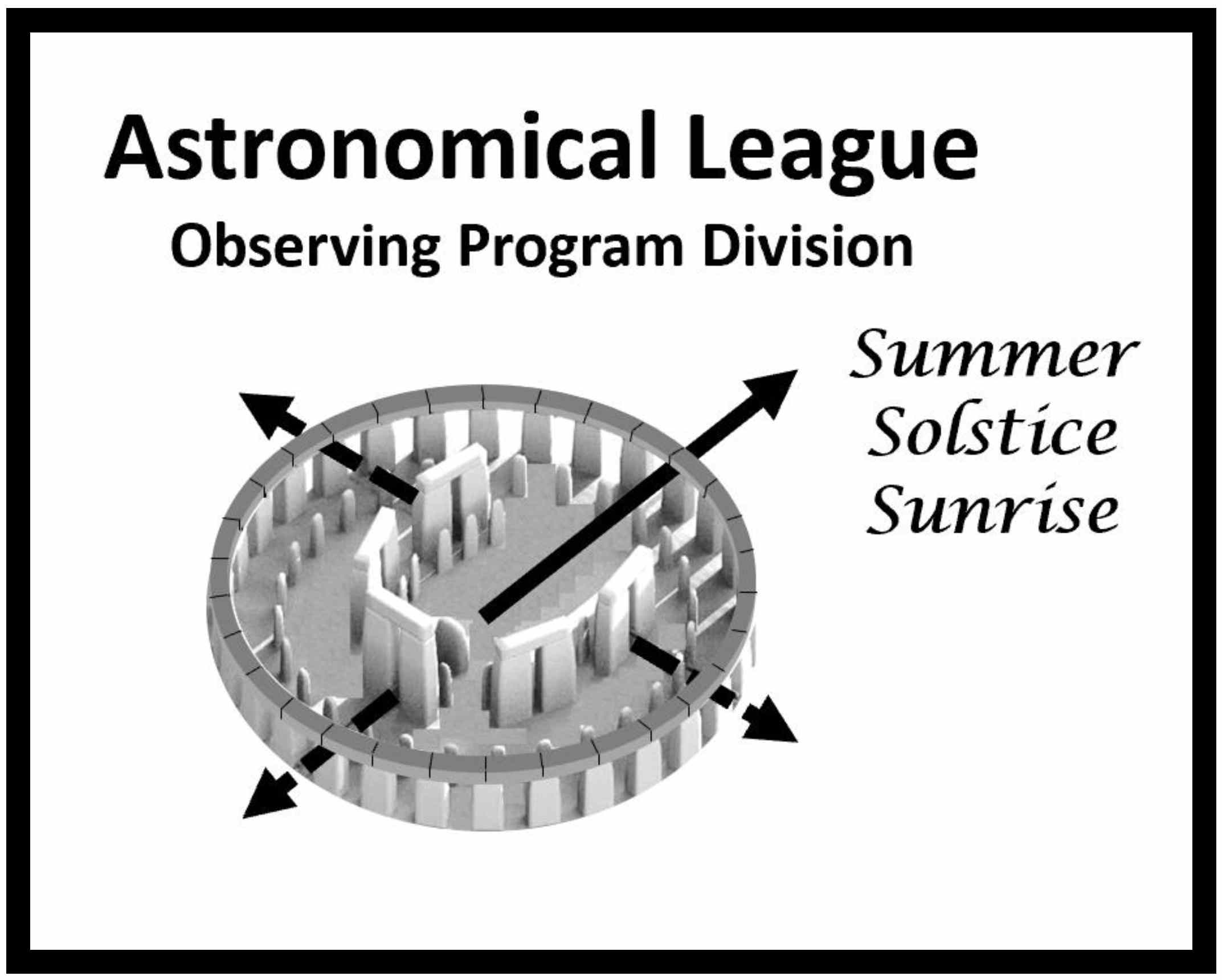 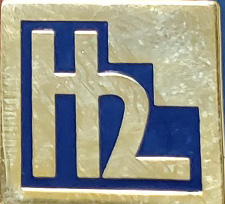 |
Update on the list…Three of the Herschel II objects were replaced with new objects. The objects removed from the list are NGC 1750, 1990, and 2253. These objects were replaced with NGC 1985, 4517, and 7492. If you have observed any of the objects that were on either previous list before these changes, then they will count toward your 400. If not, please use this list going forward. Sorry for the confusion. (August 1, 2020) IntroductionWelcome to the Astronomical League’s Herschel II Observing Program. This Observing Program was added in August 1997. Consisting of 400 of the 2,478 deep sky objects catalogued by William Herschel in the late 1700s, the Herschel II is the next level observing project after the Ancient City Astronomers’ Herschel 400 program. The Herschel II Observing Program is an advanced-level project focused on improving an observer’s technical skills by taking thorough field notes and developing accurate technical object descriptions. The 400 objects in this Observing Program consist of 323 galaxies, 41 open clusters, 21 nebulae, 9 planetary nebula, 3 cluster-nebula, and 3 globular clusters. Most of the objects are between magnitude 11 and 13. In the data gathering phase of the project, approximately 80% of the objects on the list were observed with scopes between 8″ and 13″ aperture. One of the initial hopes for this program was that it could be completed using a scope of 8″ aperture. While an 8″ aperture scope under good dark skies will be able to do a good portion of the list, a 10″ aperture scope or larger will probably be needed to complete the whole program. Since many of the objects are in fields containing numerous other objects, some even superimposed on top of each other, identifying the correct object under these circumstances is a major challenge. The Herschel II Observing Program is supported and maintained by the membership of the Rose City Ancient Astronomers, of Portland, Oregon. Our club is dedicated to observing the night sky and educating the community. |
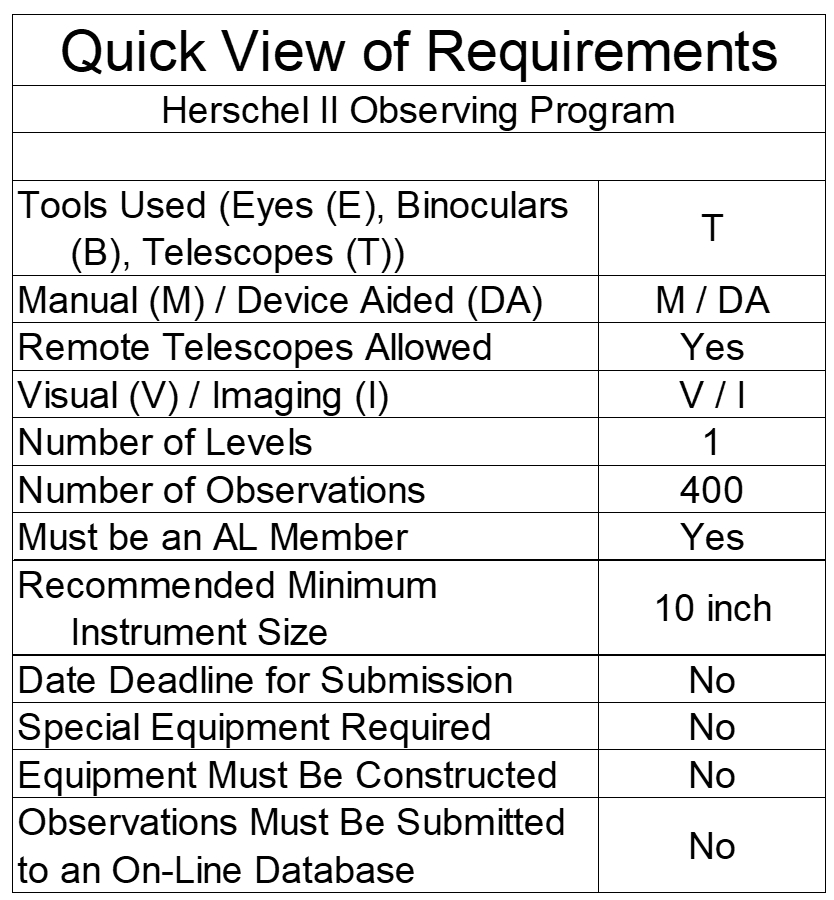 |
Herschel II Observing Guide
You are strongly encouraged to purchase the Herschel II Observing Guide from the AL Store specifically written to support this observing club. The focus of the Herschel II Observing guide is the taking of thorough field notes and developing them into complete, technically accurate, object descriptions. To support that goal, the manual includes recommendations, guidelines, technical information, examples, and sample forms to aid the observer in developing this skill. Besides descriptions of the 400 objects, it includes a planning guide and an index, a field reference section, and a skills challenge section.
Requirements and RulesThis certification is available to members of the Astronomical League, either through their local astronomical society or as members at large. If you are not a member and would like to become one, check with your local astronomical society, search for a local society on the Astronomical League Website, or join as a Member-At-Large through the AL Store. To qualify for the Astronomical League’s Herschel II Observing Program certificate and pin, you must complete these requirements:
Complete an index of observations in NGC order showing the page number of your descriptions next to the NGC numbers on the list. |
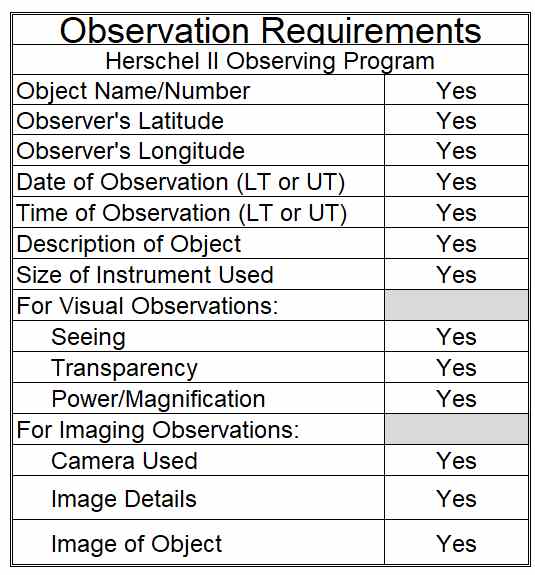 |
Submitting for CertificationFill out the “Submittal Form, found in the guide in total, or equivalent, and send it to the Herschel II Observing Program Coordinator with your observing log and index. To receive your Herschel II Observing Program certificate and Pin, send a copy of your observations, along with your name, mailing address, email address, phone number, society affiliation, and to whom the certification should be sent, to: Herschel II Program Coordinator:Candace Pratt |
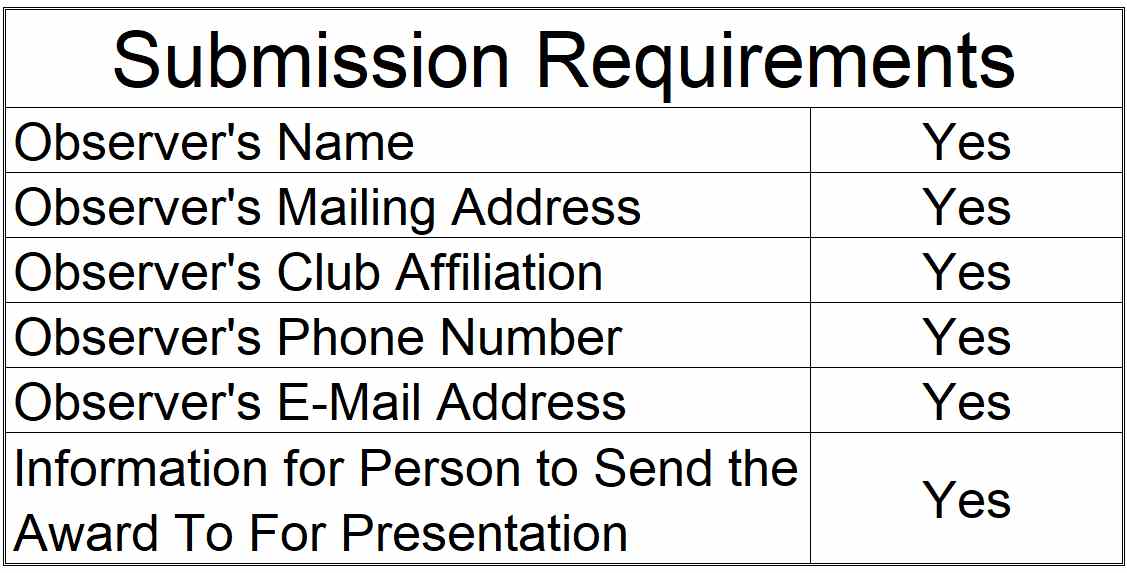 |
Upon verification of your submission and of your active membership in the Astronomical League, your recognition (certificate, pin, etc.) will be sent to you or to the awards coordinator for your society, as you specified. Your name will also appear in an upcoming issue of the Reflector magazine and in the Astronomical League’s online database. Congratulations. Good luck with your next observing challenge.



